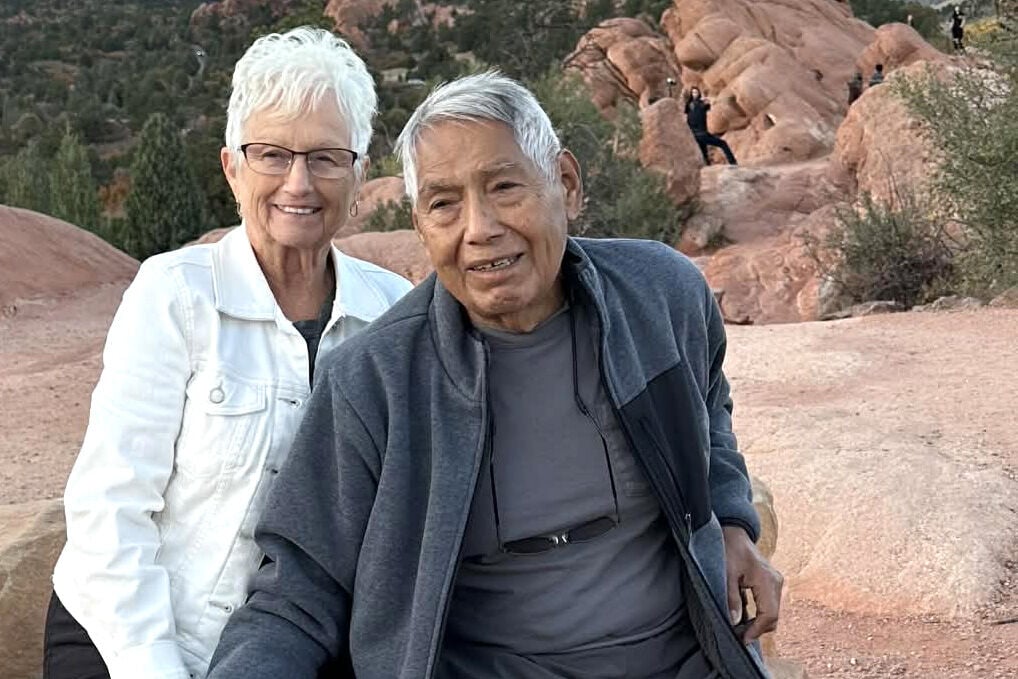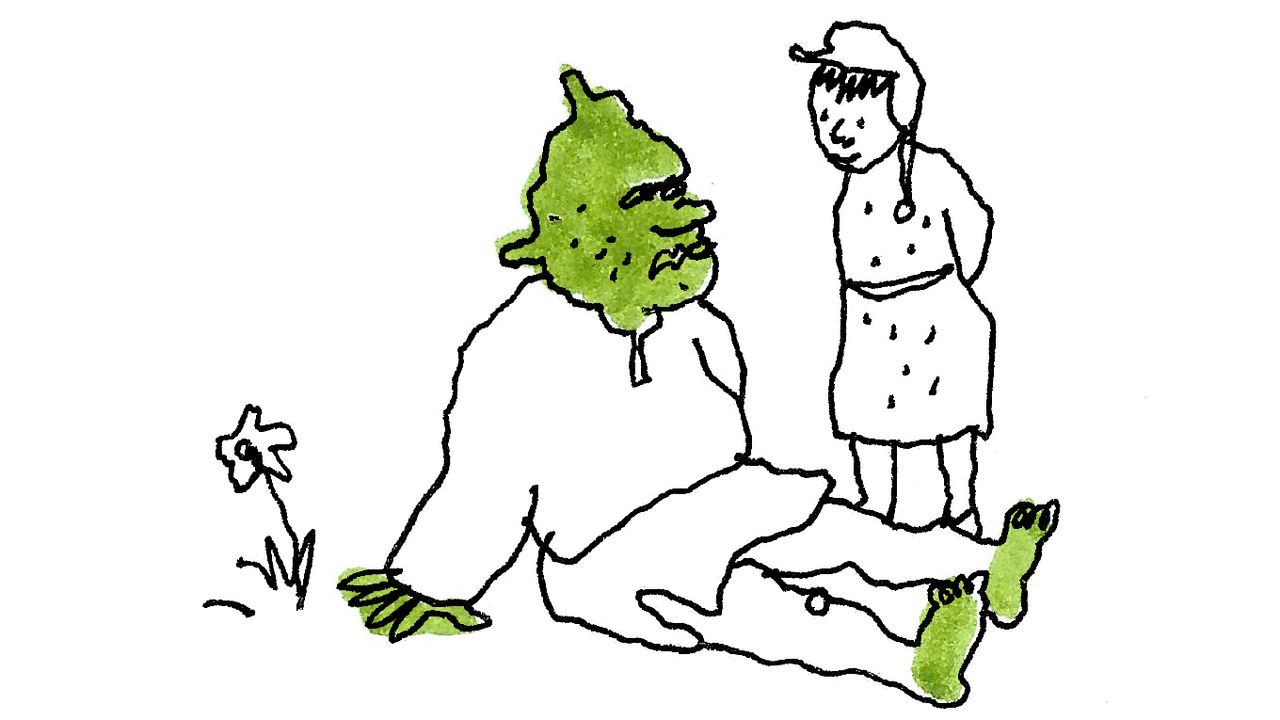Understanding how air temperature is determined involves exploring three fundamental processes: advection, radiation, and mixing. These forces interact to create the temperatures we experience daily, from the warmth of the sun to the chill of a snowy night.
John Wheeler: There are 3 basic processes that affect the air temperature
Key Takeaways:
- Advection transports air temperatures via wind.
- Radiation involves energy exchange between Earth and space.
- Surface conditions like snow impact heat absorption and reflection.
- Mixing distributes air vertically, altering surface temperatures.
- Specific conditions lead to the coldest temperatures at night.
Understanding the Forces Behind Air Temperature
The air temperature we feel each day isn’t arbitrary; it’s the result of a complex interplay between three fundamental processes: advection, radiation, and mixing. Let’s delve into how each of these contributes to the ever-changing weather.
Advection: The Movement of Air Masses
Advection is all about the wind’s role in transporting temperatures from one place to another. As meteorologist John Wheeler explains, “Advection is the temperature of air that is blown in by the wind from another place.” If a region north of us experiences colder temperatures, the wind can carry that chill to our locale, leading to a drop in the mercury.
Radiation: Energy Exchange Between Earth and Space
Radiation involves the balance of incoming energy from the sun and outgoing heat from the Earth’s surface into space. The characteristics of the Earth’s surface significantly influence this process. Wheeler notes, “Deep, sparkly snow reflects and loses the most heat while dark, dry ground absorbs the most.” This means that areas covered in fresh snow can become colder due to increased heat loss, while darker terrains may warm up as they absorb more solar energy.
Mixing: Vertical Air Movement
Mixing refers to the vertical blending of air layers in the atmosphere. “Mixing refers to the degree to which the air is mixed up in the vertical,” says Wheeler. This vertical movement can bring warmer air down or allow colder air to rise, affecting the temperature at ground level. On windy days, this mixing is more pronounced, leading to more uniform temperatures.
When the Night Turns Cold: Conditions for Extreme Temperatures
Certain conditions combine to create the coldest temperatures we experience. “The coldest temperatures will occur at night, in a cold air mass, with no wind, and deep and fresh snow cover,” Wheeler points out. At night, there’s no solar radiation to warm the ground. A calm atmosphere minimizes mixing, allowing cold air to settle near the surface. Fresh snow enhances heat loss through radiation, intensifying the chill.
The Interplay of Nature’s Elements
These three processes—advection, radiation, and mixing—work in tandem to shape our daily weather. By understanding how wind transports temperatures, how the Earth exchanges energy with space, and how air layers mix, we gain insight into the complexities of meteorology. It’s a fascinating dance of natural forces that dictates whether we don a coat or bask in the sun each day.











